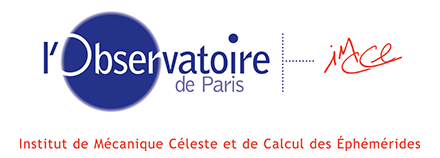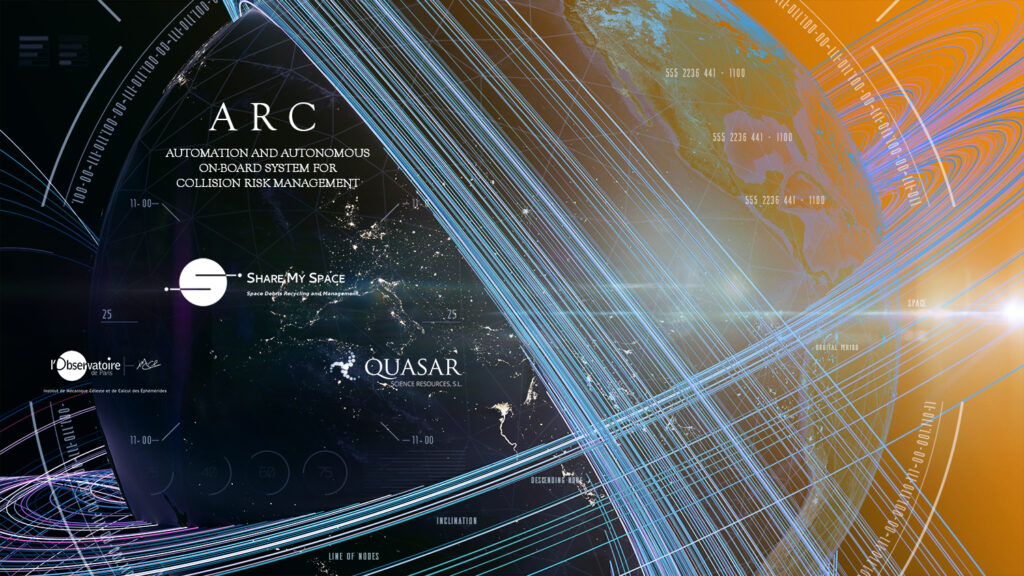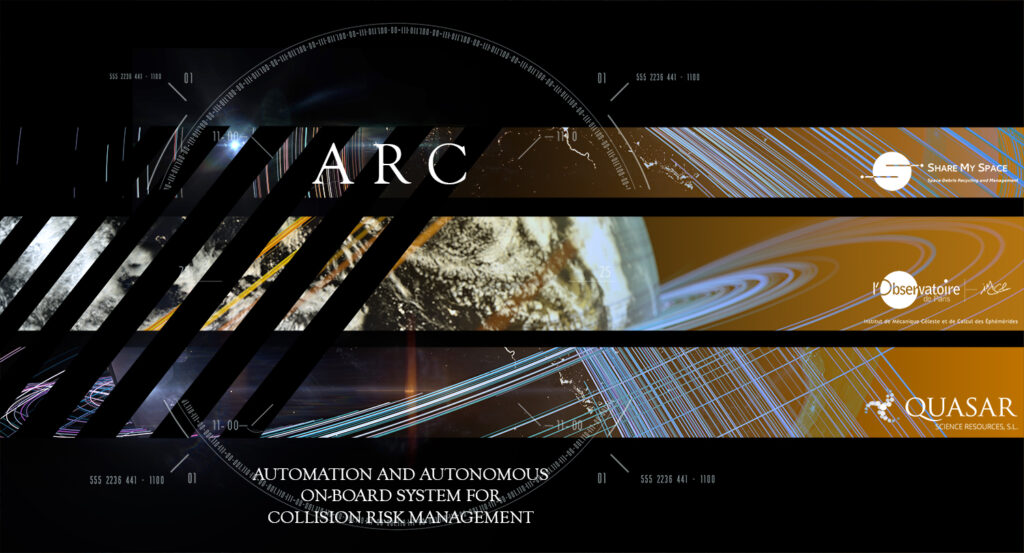Quasar Science Resources has teamed up with Share My Space and l’Observatoire de Paris to tackle a project for the CNES, the French Space Agency, for the automation of the processes for collision risk management of space satellites. The project officially started at the end of August 2020 and runs for 18 months.
 |  |
Satellite collisions represent a growing threat to all operational satellites due to the increase in space debris and the increase in space traffic. The number of satellites put into orbit has increased dramatically over the past eight years, notably thanks to the deployment of smaller and cheaper satellites. However, most satellites have means of propulsion which allow them to manoeuvre in order to reduce the risk of collision. To reduce operating costs and in particular to limit the human resources deciding whether a collision avoidance manoeuvre is necessary or not, it becomes necessary to automate all the tasks that can lead to a manoeuvre. A number of resources already exist among space players and at CNES in particular. These means consist of characterizing the trajectory of satellites using geolocation receivers, in following the trajectories of objects larger than 10 cm, in propagating the trajectories in the future, in detecting conjunctions, and in estimating the probabilities of collision. Managing the risk of collision therefore requires data transfer between observation centers spread across the world and satellites with celestial mechanical calculations that can be cumbersome to perform. In addition, a debris avoidance manoeuvre has an impact on the risk of collision with the rest of the objects. In particular:
– How to make sure that when a manoeuvre is performed another satellite is also not manoeuvring, and thus increasing the risk of collision ?
– How to ensure that a planned manoeuvre does not lead to an increase in the probability of collision with debris that had been removed during the detection of the conjunctions (screening) ?
– How to make the decision making process completely rational and independent from the analyst ?
– How to combine collision warning messages that come from multiple sources ?
To address these issues, it is essential to integrate collision avoidance manoeuvres into a more comprehensive autonomous navigation process.
Within the ARC project, we propose to identify the need and the feasibility of automating the collision risk management process for a wide range of satellite missions. We will then show how it is possible to make the current service much more efficient, by making the algorithms more efficient and by streamlining the transmission of information between the CNES support teams, the satellite control room, and the satellite itself. All of these improvements will be carried out by capitalizing on the technologies that are already operational at CNES and will make it possible to evolve towards an autonomous navigation concept based on the minimization of an overall cost function taking into account the risk of collision on a continuous basis.



